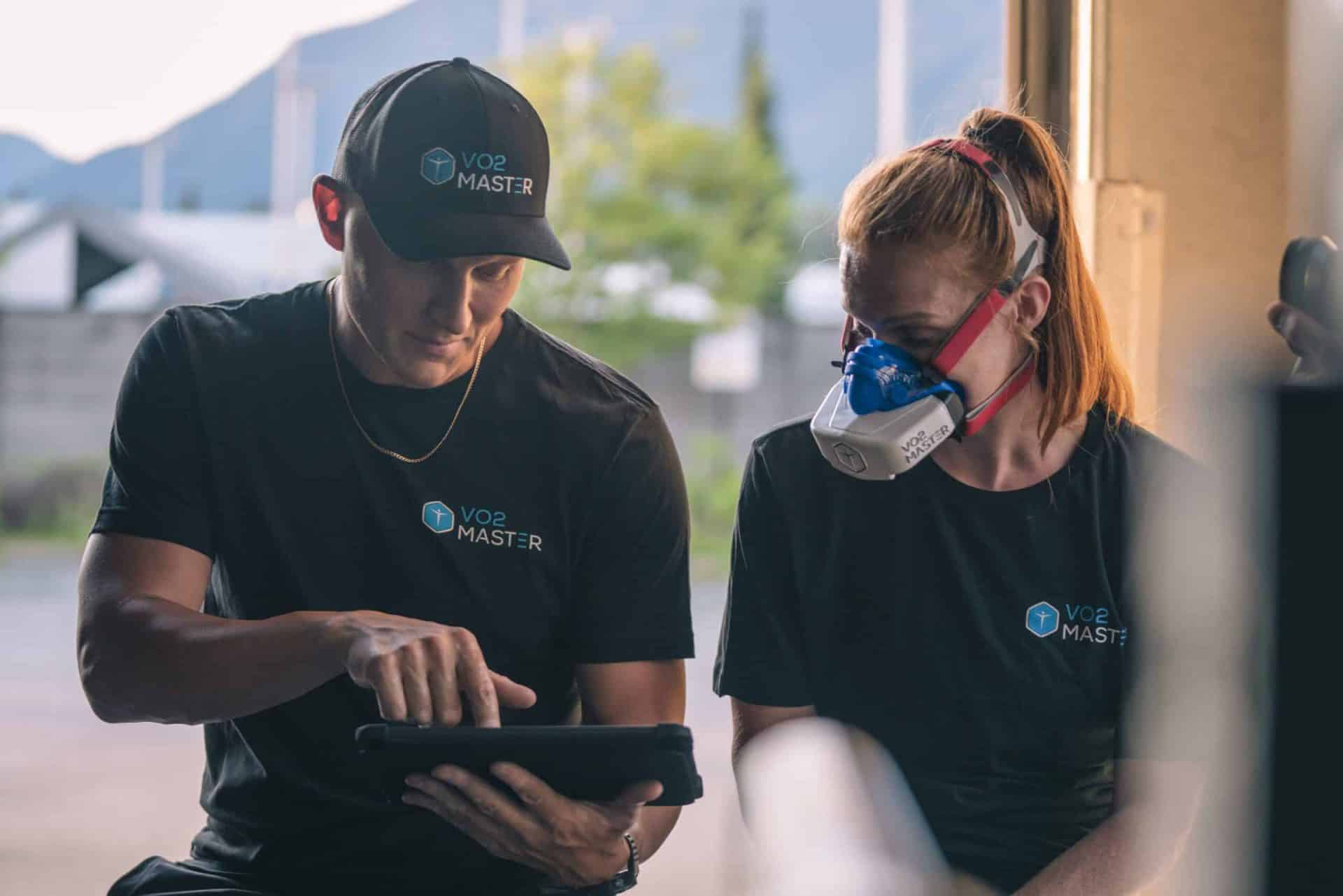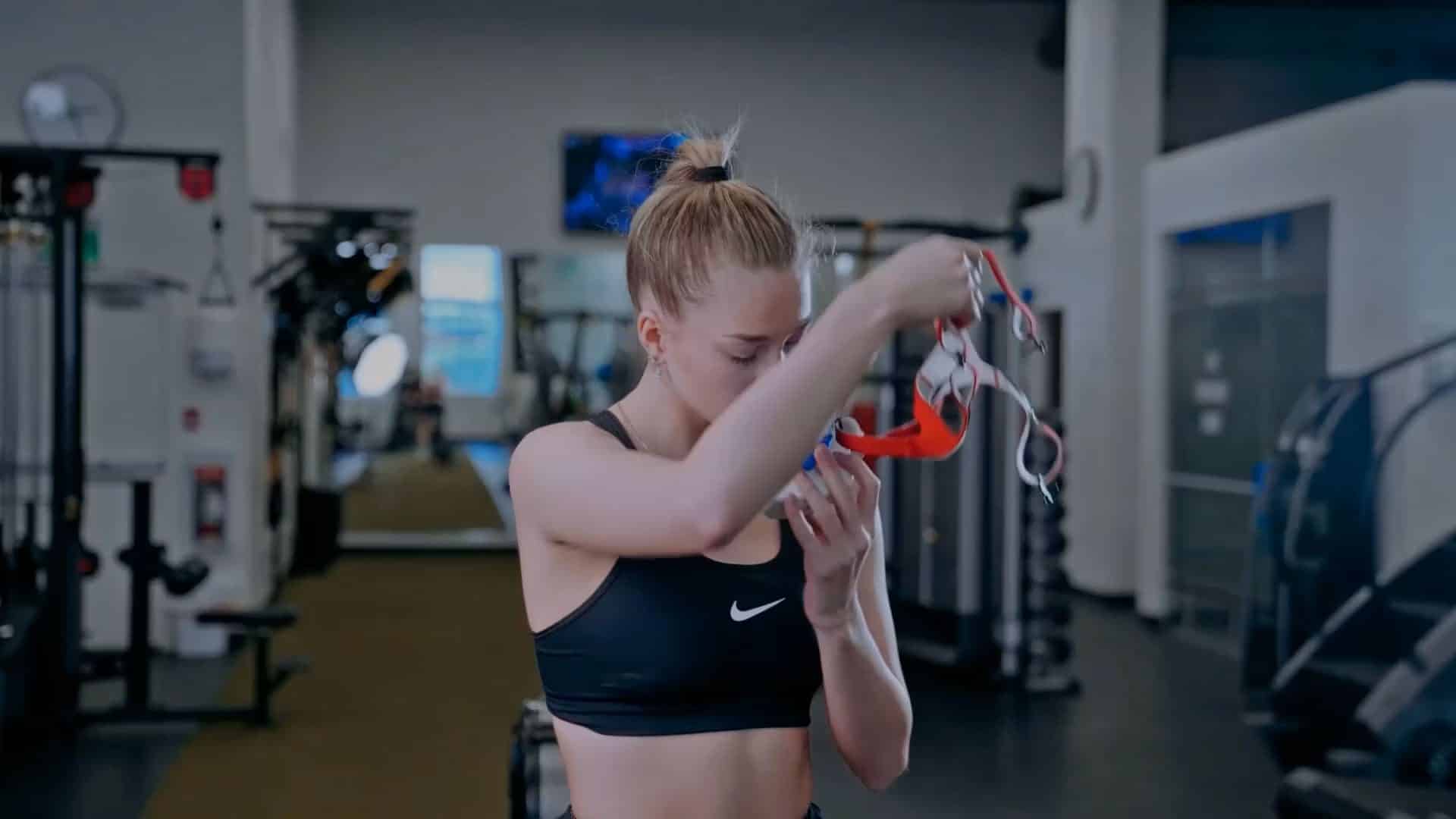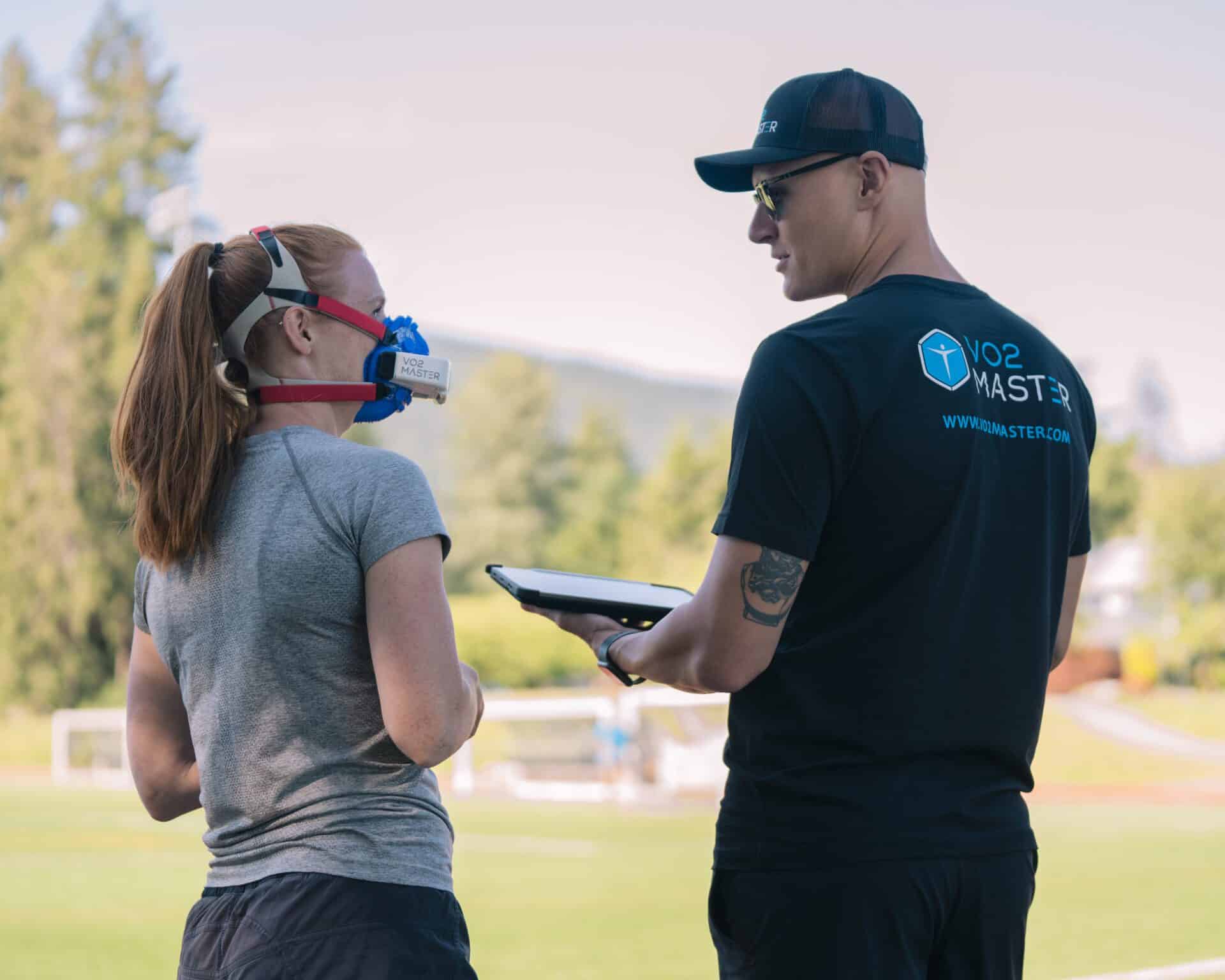Mindset Shift: Using Sports Injury Rehabilitation to Become a Better Athlete
There is one universal truth for athletes at every level: sports injury rehabilitation is inevitable. At some point, they will get injured. Whether it’s a pulled muscle, a torn ligament, or a broken bone, there are an infinite number of possibilities. And when this happens, it may derail their plans and goals. As a coach,Continue reading "Mindset Shift: Using Sports Injury Rehabilitation to Become a Better Athlete"

There is one universal truth for athletes at every level: sports injury rehabilitation is inevitable. At some point, they will get injured. Whether it’s a pulled muscle, a torn ligament, or a broken bone, there are an infinite number of possibilities.
And when this happens, it may derail their plans and goals.
As a coach, your typical priority is to help your athletes recover from their injury as quickly as possible—getting them back to full health and the athletic performance they were capable of pre-injury.
But what if you could help them come back from their injury better, faster, and stronger than they were when they got hurt?
This may sound illogical but it is absolutely feasible.
Here’s how.
Improvement Over Repair: Pivoting the Thought Process on Sports Injury Rehabilitation
Ultimately, there is very little difference between injury recovery and overcoming a limiter in a non-injured athlete. The only exception is that it’s abundantly clear what the injury is—that limiter is defined for you.
Rather than focusing solely on the injury itself and how you can rehabilitate it, consider how you can help athletes maintain—or even improve—all of the other components of their sport.

Establishing a Benchmark for Recovery Progress Tracking
Whether your goal is simply to help your athlete recover from their injury or you want to help them come out better than they were before, there’s one consistent thread:
You need to be conducting metabolic testing on a regular basis.
By having your athletes do tests every four to six weeks, you’ll have a baseline of their typical performance.
Then, in the event of an injury, you’ll be able to track their progress against that baseline and determine whether they’ve recovered or even improved during the course of rehabilitation.
Rehabilitating an Injury to Full Strength and Gauging Recovery Progress
If you’ve been conducting metabolic analysis on your athletes, you already understand their performance pre-injury.
As you work through their rehabilitation program, you can test their performance to see how the results may have changed.
You can examine factors such as their efficiency and oxygen consumption to assess their progress.
This will allow you to determine whether:
- Their performance is back to pre-injury levels, indicating their recovery has been successful
- There have been measurable improvements in the uninjured systems during the recovery process validating the training that has helped overcome previous weaknesses
- Their performance is not back to pre-injury levels, indicating they need to continue rehabilitation to avoid further aggravation of the injury
In the case of the latter, there is a silver lining: you can help your athlete make significant improvements to their overall performance while they continue to rehabilitate their injury.

Improving Overall Fitness During Injury Rehabilitation
Take, for example, a triathlete with an injured calf.
While they may not be able to run while they rehab that injury, they could do shoulder flexibility with a focus on improving efficiency in the water while you help them heal from their calf injury.
If the athlete emerges from their injury with a fully recovered calf, improved shoulder flexibility, and better efficiency in the water, their performance at their next race could be supercharged.
These improvements can be tested using VO2 Master by determining whether the athlete has reduced their oxygen demands at any given speed, indicating an improvement in efficiency. If so, it would be evident that the training that took place during injury rehabilitation did, in fact, help them improve overall.
There is a precedent for this approach.
After fracturing her third metatarsal during Ironman 70.3 Kraichgau in 2023 and battling through Achilles issues, Lucy Charles-Barclay returned stronger than ever from that injury, going on to achieve a course record win and earn the title of IRONMAN World Champion in Kona later that same year.
While she achieved this feat against all odds, it wasn’t rooted in luck. She spent time challenging her respiratory and cardiac systems—even going so far as to train on a rowing machine with one leg—while rehabilitating her injured foot and ankle.
For athletes, injuries are inevitable. But, as a coach, you have the opportunity to make the most out of a bad situation. Not only can you help your athletes recover from their injuries, but you can actually help them come out of their injuries even better than they were beforehand.
The key is to consistently conduct metabolic testing to ensure you have a performance baseline and to pivot your mindset to examine the various areas on which you can focus to help create athletic improvements without creating further damage.
